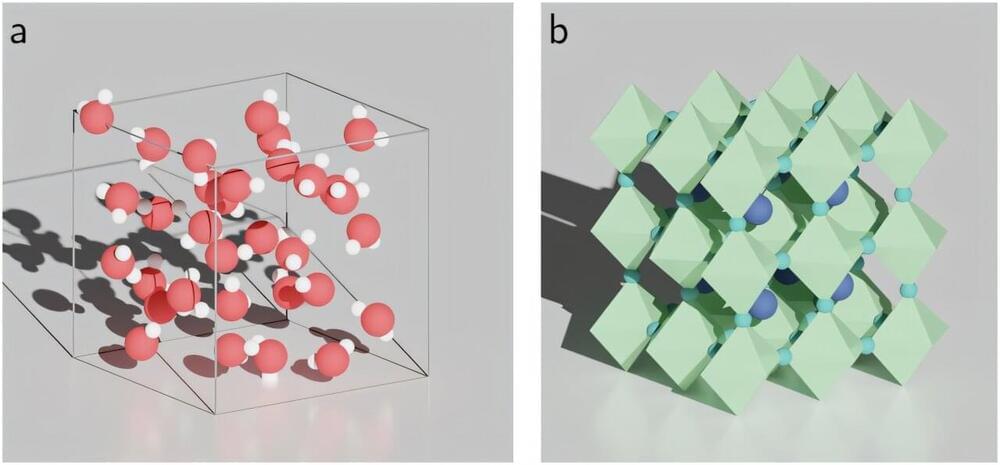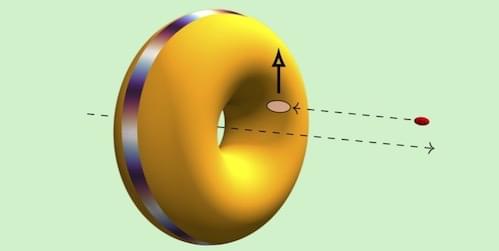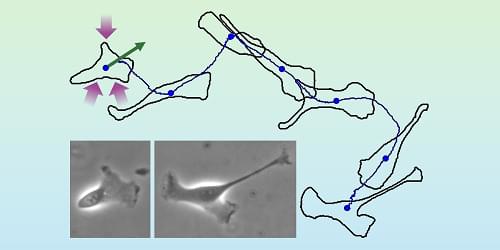Dec 24, 2024
Machine learning speeds up prediction of materials’ spectral properties
Posted by Saúl Morales Rodriguéz in categories: particle physics, robotics/AI
Many techniques in computational materials science require scientists to identify the right set of parameters that capture the physics of the specific material they are studying. Calculating these parameters from scratch is sometimes possible but costs a lot of time and computational power. Consequently, scientists are always eager to find more efficient ways to estimate them without doing the full calculation.
This is the case for Koopmans functionals, a promising approach to expand the power of density-functional theory so that it can be used to predict the spectral properties of materials (such as what frequencies of light a material absorbs), and not just their ground state (such as the optimal positions of the atoms in that material). The accuracy of Koopmans functionals relies on finding the right “screening parameters” for the system one is studying.
“You can interpret the screening parameters as the degree to which the rest of the electrons in a system react to the addition or removal of an electron,” explains Edward Linscott, a postdoc at the Center for Scientific Computing, Theory and Data of the Paul Scherrer Institute, and member of MARVEL.

















